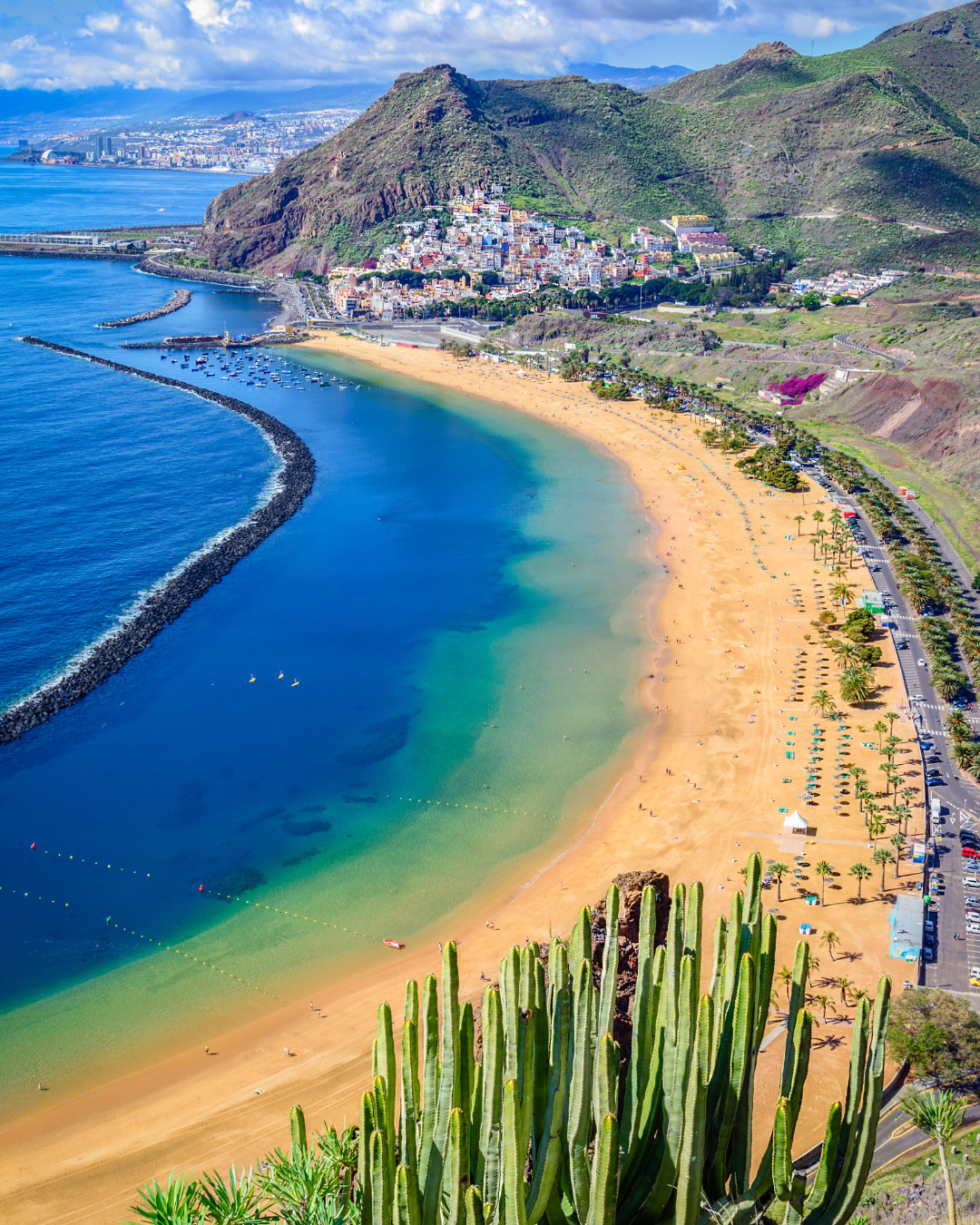
The Canary Islands: Spain’s Atlantic Paradise Reaching Canada
Share
The Canary Islands, an archipelago off the northwest coast of Africa, are one of Spain’s most fascinating regions. Known for their volcanic landscapes, year-round warm climate, and unique gastronomy, the islands offer a mix of African, Latin American, and Spanish influences. While they have long been a favorite destination for European travelers, their culture and cuisine are now finding new audiences— including in Canada.
Canarian Cuisine: A Fusion of Tradition and Exotic Flavors
The Canary Islands boast a distinct culinary identity, shaped by their location in the Atlantic and their historical trade connections with Latin America. Some of the region’s most iconic dishes and products include:
- Papas Arrugadas con Mojo – Small, salt-crusted potatoes served with vibrant mojo sauces—either green (cilantro-based) or red (spicy and smoky).
- Gofio – A toasted grain flour, used in everything from soups to desserts, dating back to the indigenous Guanche people.
- Ropa Vieja Canaria – A flavorful shredded beef and chickpea stew, similar to its Cuban counterpart.
- Queso Majorero – A rich, slightly spicy goat cheese from Fuerteventura, recognized with a protected designation of origin.
- Miel de Palma – A unique palm sap syrup from La Gomera, used in both savory and sweet dishes.
In Canada, where diverse and exotic flavors are increasingly sought after, Canarian cuisine is starting to gain recognition. Some specialty stores and Spanish restaurants are beginning to introduce mojo sauces and Canarian cheeses, offering a new taste experience for adventurous food lovers.
The Landscapes of the Canary Islands: A World of Contrasts
Beyond its cuisine, the Canary Islands are famous for their breathtaking natural beauty. The Teide National Park in Tenerife is home to Spain’s highest peak, an otherworldly volcanic landscape perfect for hiking and stargazing. Meanwhile, the dunes of Maspalomas in Gran Canaria and the black-sand beaches of Lanzarote provide strikingly different but equally stunning sceneries.
Each island has its own character:
- Tenerife and Gran Canaria – The most populated and diverse islands, blending beaches, mountains, and city life.
- Lanzarote and Fuerteventura – Arid and surreal, with Martian-like volcanic terrain and golden beaches.
- La Palma, La Gomera, and El Hierro – Lush, green, and perfect for eco-tourism and hiking.
With a strong focus on sustainable tourism, the Canary Islands are becoming a destination of interest for Canadian travelers looking for adventure beyond Europe’s traditional hotspots.
The Canary Islands and Canada: A Growing Connection
With Canada’s increasing demand for authentic international flavors, Canarian products such as mojo sauces, goat cheeses, and tropical fruits have the potential to thrive. Additionally, as more Canadians seek eco-friendly travel experiences, the Canary Islands’ focus on nature, sustainability, and wellness tourism makes them an appealing destination.
On a cultural level, the Canary Islands share historical ties with Latin America, making their food and traditions familiar to many Canadians with Latin roots.
Bringing the Canary Islands to Canada
The Canary Islands offer a unique blend of flavors, landscapes, and traditions that are still relatively unknown in Canada—but that is starting to change. Whether through its famous mojo sauces, artisan cheeses, or spectacular volcanic scenery, the islands have much to offer.
If you’re in Canada and want to experience a taste of the Canary Islands, look for Canarian cheese, tropical fruits like papaya and banana, or try making papas arrugadas at home. The essence of the Canaries might be closer than you think!
